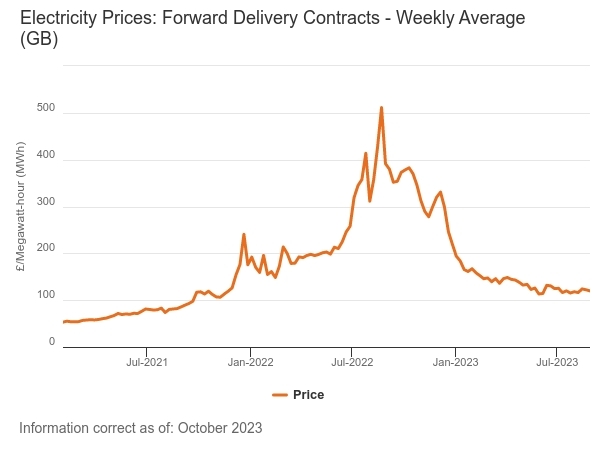In the UK there were no takers for Offshore Wind Power at £44/MWh.
The suppliers are suggesting a 70% increase in the strike price is required.
https://www.telegraph.co.uk/business/2023/10/25/electricity-prices-rise-70pc-pay-wind-farms-energy/
In the USA Wind Power Contracts are being cancelled/abandoned unless the price is very significantly increased.
All the Wind Turbine manufacturers are in trouble.
The workable strike price for new Offshore Wind is now similar to that for new Nuclear, noting that Nuclear does not require additional subsides to deal with intermittency.
As the quantities of basic raw materials, concrete, steel, etc. for 3GW of nuclear appear to be less than required for 3GW of wind with a 30% capacity factor nuclear seems the sensible option. New design nuclear has a design life of 60-80 years rather than 20 – 30 years for wind (but no one really knows).
Why are we still wasting money on wind power?

